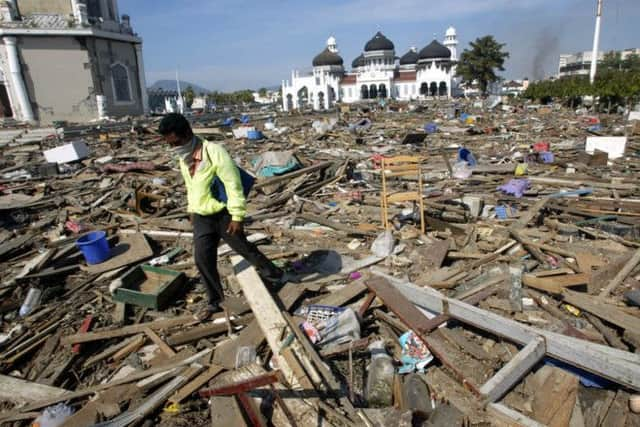A Boxing Day like no other: The Indian Ocean tsunami, ten years on
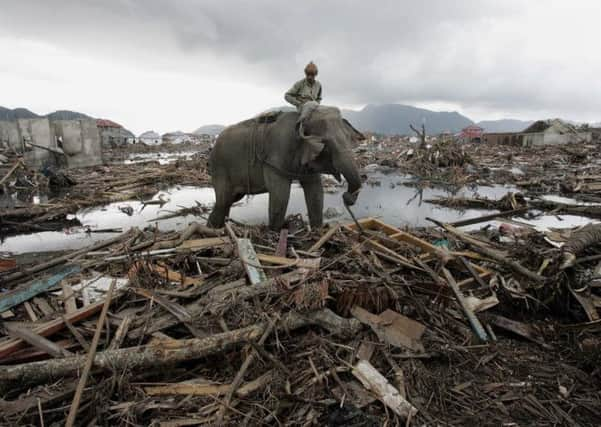

It hit 14 countries, killing around 230,000 people and making 1.7 million homeless.
It was indiscriminate, Thai fishermen working out at sea were swept away, as were tourists relaxing in luxury resorts.
Advertisement
Hide AdAdvertisement
Hide AdStark images of villages razed to the ground filled television screens around the world.
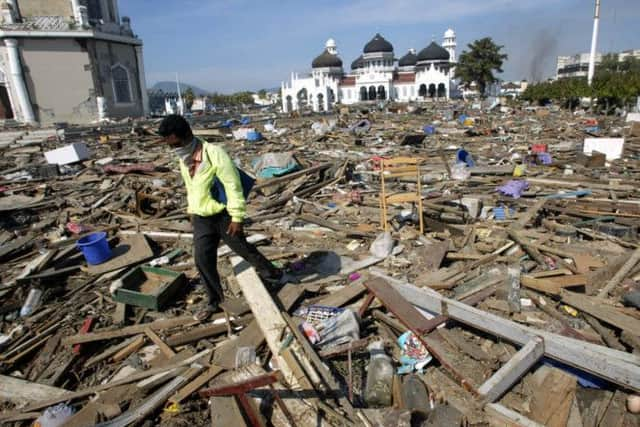

In total, 149 British citizens or those with close links to the UK died, including many from Yorkshire.
Some families were told within days that their loved ones had been lost, but many had to wait months for news. For some, that phone call never came as some bodies were never recovered.
The earthquake that caused the tsunami was 23,000 times more powerful than the Hiroshima atomic bomb and caused a shift in the ocean floor that displaced enough water to fill a tank 1.6 kilometres wide, 1.6 kilometres high and more than 11 kilometres long.
Advertisement
Hide AdAdvertisement
Hide AdNo early warning system was in place, so many had no idea what was happening, and barely registered what the shift on the horizon meant - or were prepared for the waves that followed the initial hit.
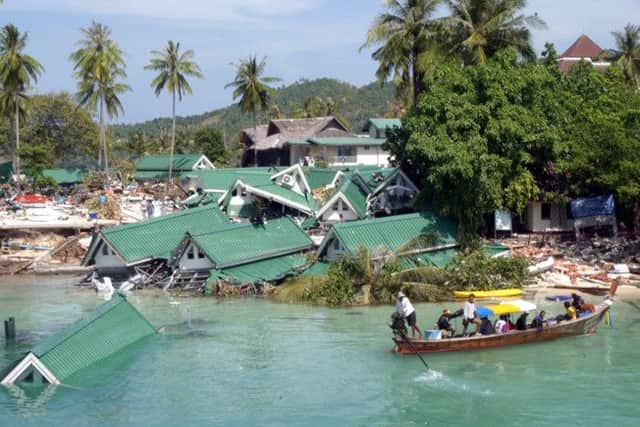

The risk of a large earthquake in the Indian Ocean had been “significantly underestimated”, Tim Henstock, senior lecturer in ocean and earth science at the University of Southampton said.
Only a “small number” of people were involved in monitoring seismic activity in the region when the massive the massive earthquake struck, causing the Earth to physically wobble on its axis.
The lack of an early tsunami warning system was a “significant factor” in the devastation caused, Dr Henstock said.
Advertisement
Hide AdAdvertisement
Hide AdWhereas the tsunami reached Banda Aceh, Indonesia, 20 minutes after the earthquake struck, just before 8am off the coast of Sumatra, it was hours before it reached other shorelines in the region.
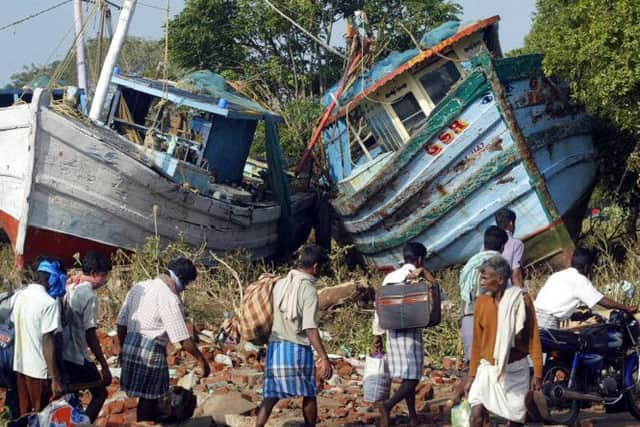

“Looking at Thailand, Sri Lanka and the coast of India, an early warning system would have made quite a significant difference, where there was a couple of hours of travelling time,” he said.
“The lack of an early warning system meant people in Sri Lanka and elsewhere would not have been aware of the earthquake happening.”
The force of the earthquake created the biggest tsunami in more than 40 years, something Trevor Guymer, an advisor to the UK’s Intergovernmental Oceanographic Commission (IOC) office, said was “not possible to predict.”
Advertisement
Hide AdAdvertisement
Hide Ad“We might see, on average, one occur a century. It doesn’t mean it won’t happen again in a few years.
